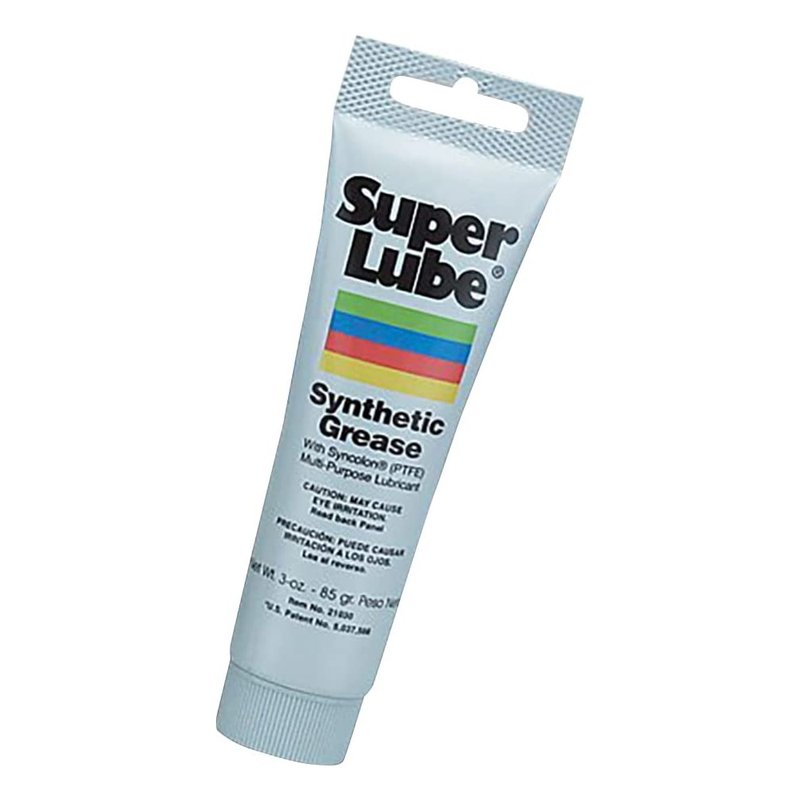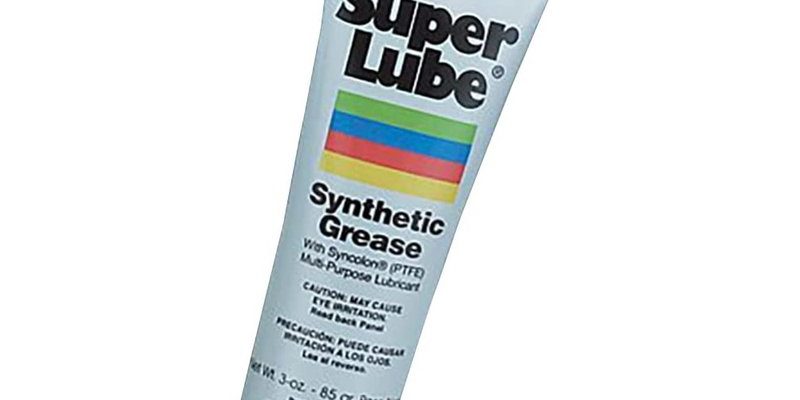
Think of it like choosing between two types of ice cream. One is creamy and rich (wet) while the other is light and refreshing (dry). Each has its perfect moments and uses, just as different lubricants serve distinct purposes for door latches. So, what’s the scoop? Let’s dive into the best options for keeping those latches sliding smoothly.
Understanding Door Latch Mechanics
Before we get into the nitty-gritty of lubricants, it’s helpful to understand how door latches work. A door latch usually consists of a bolt that extends into the door frame when closed and is retracted by turning the doorknob. Over time, dirt, dust, and moisture can hinder this movement, leading to annoying issues like sticking or squeaking.
Without proper lubrication, a latch can become sluggish, leaving you to yank on the doorknob like you’re trying to open a stubborn jar. That’s why maintaining these components is crucial. Keeping your interior door latches well-lubricated ensures ease of use and prolongs the life of your hardware.
Why Lubrication Matters
Here’s the thing: proper lubrication prevents wear and tear on your door latches. Regular use of a lubricant helps minimize friction between moving parts, keeping things running harmoniously. Just like your joints need good movement, so do your door latches.
You might be wondering what happens if you skip this step. Over time, un-lubricated door latches can become stuck, rust, or even break, leading to costly repairs or replacements. So, investing a little time and effort into choosing the right lubricant can pay off significantly in the long run.
Dry Lubricants Explained
Dry lubricants often come in sprays or powders. These don’t leave a greasy residue, making them ideal for areas where dirt and dust tend to accumulate, like your door latches. When you apply a dry lubricant, it forms a protective layer that keeps out those pesky particles.
One popular option is graphite powder. It’s great because it doesn’t attract dust. Just sprinkle it in the latch mechanism, and it will help reduce friction and noise. Another benefit? Graphite is non-staining, so you won’t have to worry about any unsightly marks on your door.
Dry lubricants are applicable in various scenarios, especially in high-traffic areas. Think about it: these latches are opened and closed multiple times a day, making durability crucial. Choosing a dry lubricant can give you that peace of mind.
Wet Lubricants: The Soothing Solution
On the flip side, we have wet lubricants. These typically contain oils or silicone and are known for providing a long-lasting barrier against rust and corrosion. They can penetrate deep into the mechanisms, offering excellent lubrication for very stiff or rusted latches.
Oil-based lubricants, like WD-40, are popular choices. They can create a slippery surface that helps the latch operate smoothly. However, be careful: wet lubricants can attract dust and dirt, turning your clean door into a magnet for grime over time.
When to use a wet lubricant? If your door latch is particularly stubborn or if it has been a while since you last lubricated it, a wet lubricant might be just what you need. It can create a smooth, almost satisfying operation that makes opening your door feel effortless.
Comparing Dry and Wet Lubricants
Both dry and wet lubricants have their own set of advantages. Here’s a quick comparison to help you decide which might be best for your door latches:
| Type | Pros | Cons |
|---|---|---|
| Dry Lubricants |
|
|
| Wet Lubricants |
|
|
How to Apply Lubricants to Door Latches
Now that you know about dry and wet lubricants, let’s get into the how-to. Lubricating your door latches isn’t difficult; it just takes a little time.
1. Choose Your Lubricant: Decide if you want to go with a dry or wet lubricant based on your needs.
2. Clean the Latch Area: Before applying anything, wipe down the latch with a clean cloth to remove dust and debris.
3. Apply the Lubricant: For dry lubricants, sprinkle or spray it directly onto the latch mechanism. For wet lubricants, apply a small amount—less is more!
4. Working the Latch: Open and close the door a few times to ensure the lubricant spreads evenly across the moving parts.
5. Wipe Off Excess: If you used a wet lubricant, be sure to wipe away any excess to keep your door area clean.
That’s it! You’ve just ensured your door latches work smoothly, adding comfort to your daily routine.
Common Mistakes to Avoid
While lubricating your door latches may seem straightforward, some common mistakes can lead to more hassle. Let’s look at a few things to keep in mind:
– Over-Lubricating: Adding too much lubricant can create a mess or attract more dust. Just a little goes a long way.
– Ignoring the Manufacturer’s Instructions: Always check any recommendations for your specific latch. Some might require specific types of lubricants.
– Neglecting Regular Maintenance: Make it a habit to check and lubricate your door latches every few months. This small task can save you from bigger problems down the road.
In the end, choosing the best lubricant for your interior door latches depends on your specific needs and environment. Dry lubricants provide a clean, dust-free option, while wet lubricants offer deeper penetration and lasting protection.
Take a moment to assess your door latches and see which type would work best. With a little care and the right choice of lubricant, you can ensure your doors operate smoothly and quietly. After all, a quiet door can make all the difference in creating a peaceful home environment. So go ahead, give your latches the love they deserve!
